Object of affection: Day & Night Light
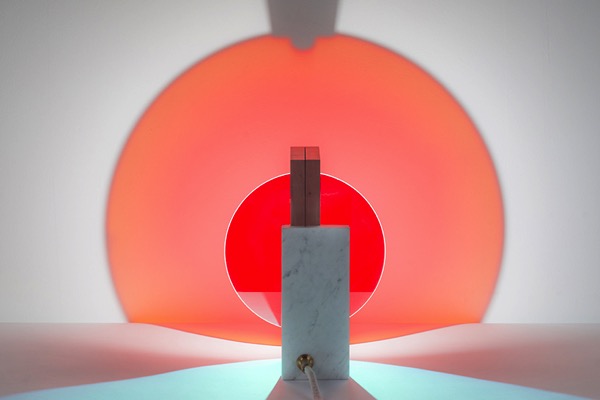
This time of year, the lengthening days make us giddy, and it feels like there’s more than enough daylight to go around. Those of us prone to Seasonal Affective Disorder breathe a sigh of relief and our vitamin D levels start to rise. But while the long days help, a growing body of research suggests that our Circadian rhythms may still be out of whack, due to all the artificial light in our lives. A recent roundup of studies done on the topic indicates that the disruptions to our 24-hour internal body clock may contribute to ailments as serious as breast cancer, obesity, and type 2 diabetes.
As a result, we’re going to have to start thinking about lighting as more than just background. Good lighting—healthy lighting—may become an essential part of a healthy lifestyle, just like eating well and exercising. Traditional light therapy devices are ugly, functional-looking things with a plastic-y, medical device aesthetic. Yet what most people want in a therapeutic tool they’ll use every day is something beautiful that looks like it’s a part of the home.
Designer Éléonore Delisse’s Day & Night light is the first therapeutic lamp I’ve seen that addresses the aesthetic need as well as the biological one. The design uses a pane of dichroic glass, which is glass that changes color depending on lighting conditions, that rotates to give off blue-colored light in the morning and warm amber light in the evening. This mirrors natural daylight, which offers up short blue wavelengths in the morning, signaling our bodies to stop producing melatonin and making us feel more awake. At night, the warmer light combats the overly blue tinge of our e-readers and smartphones, helping to encourage natural melatonin production and sleepiness.
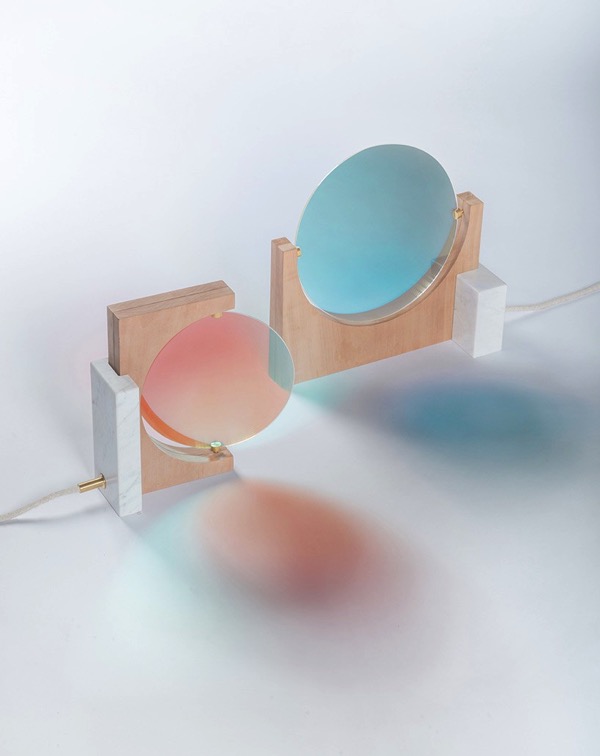
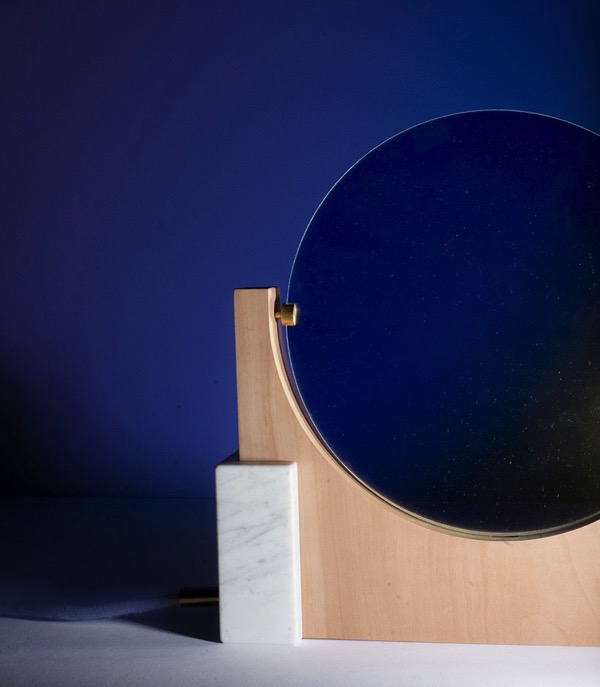

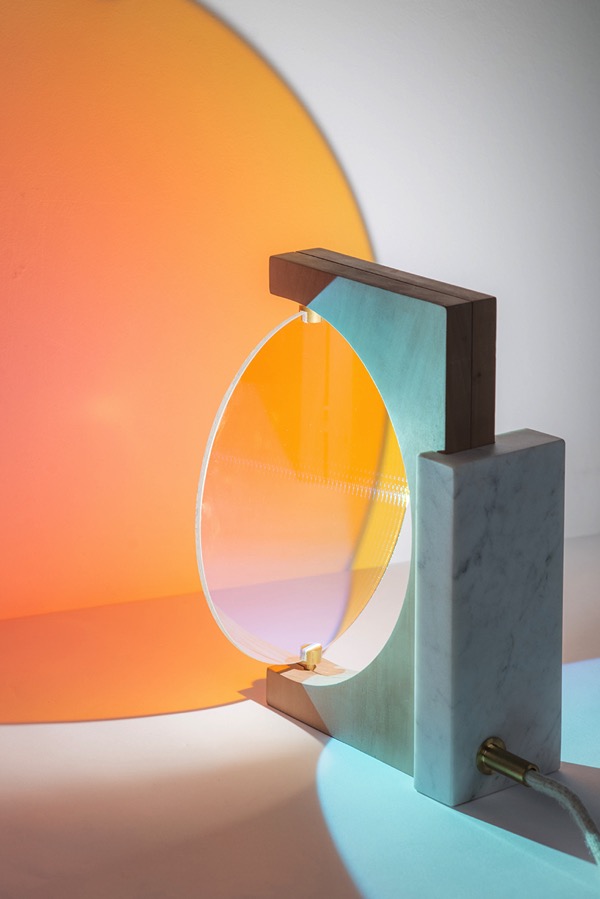
More and more, I think we’re going to see artifacts for the home that take our wellbeing into account in beautiful ways. As we learn more about how the features of our environment (light quality, air quality, textures, colors, surfaces) affect our health and happiness, design will rise to the challenge of shaping our world to support these goals. I think of how, before the discovery of germs, there was no consciousness of what it meant to be “sanitary” — and then once the mechanism by which pathogens spread was discovered, the medical world shifted to one of clean surfaces, antiseptics, and rubber gloves. Similarly, I think we are in the early stages of discovering a new set of mechanisms by which ill health is caused, through environmental factors that are not chemically or biologically toxic, but rather aesthetically toxic. Having just written that, I can see that it sounds a bit hyperbolic (like something a caricature of a Vogue editor might say at a bad fashion show), but we already use terms like light and noise pollution in common discourse, a reflection of the dangerous quality that emerges when these elements appear in excess in our environment. If light pollution can disrupt our metabolic processes and alter our genes, then this effect is far more than just “in our heads.” While things like the Day & Night lights are small gestures, it’s exciting to see designers starting to tackle these issues of emotional and physical wellbeing in tangible ways.
Images: courtesy Éléonore Delisse
Via: Designboom


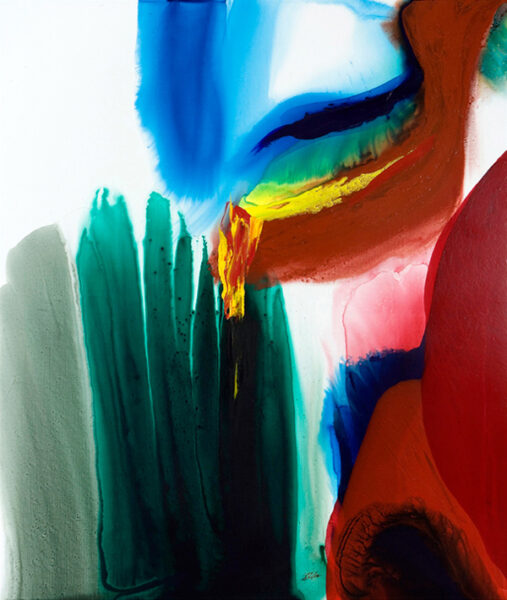


Leave a Comment